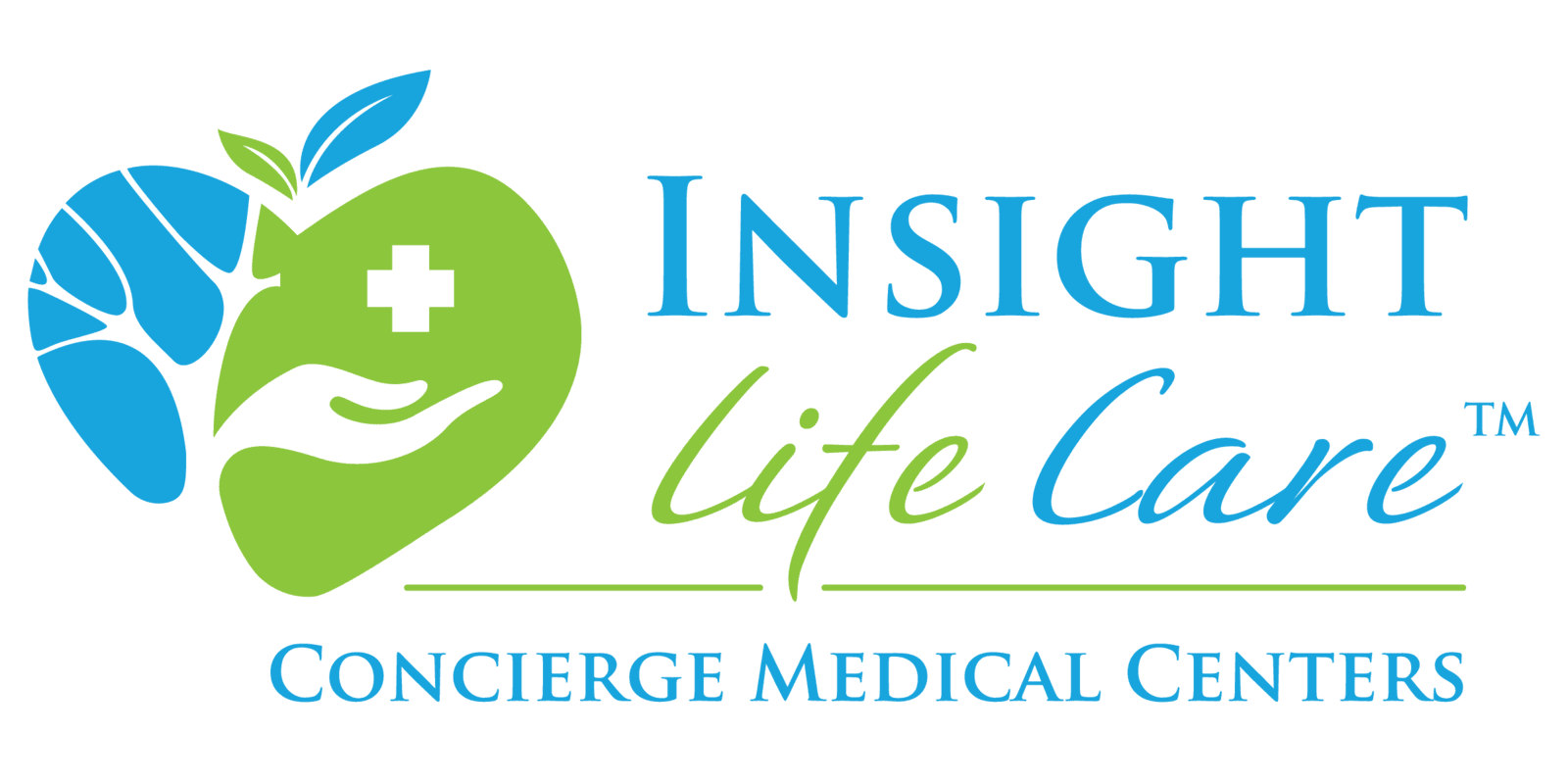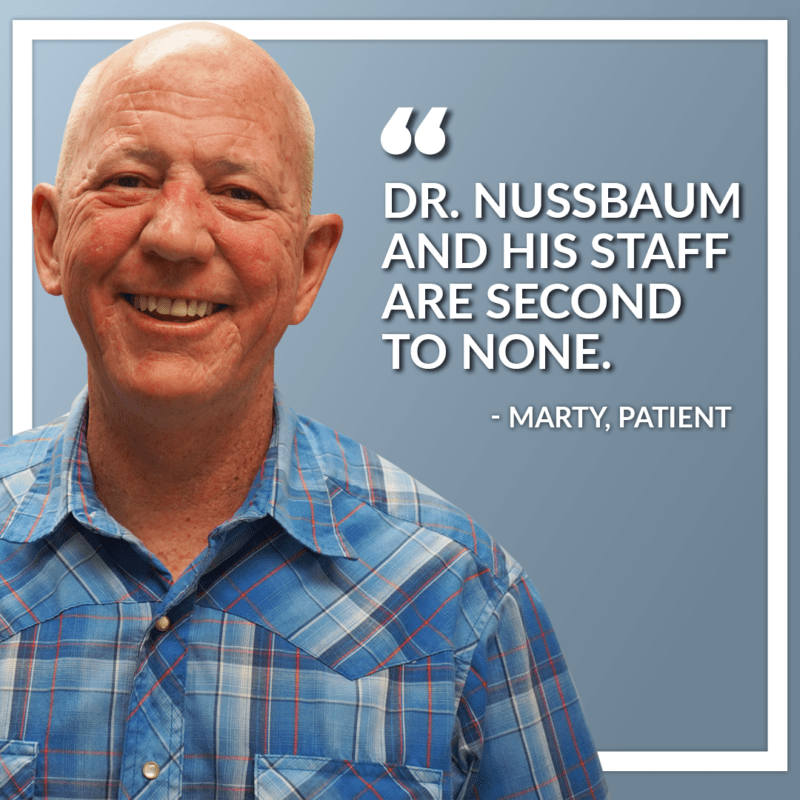Why is healthcare so expensive?
- An aging population, with 20% of the American population being over the age of 65 by 2030.
- Inflation for health-related services. Medical care costs typically increase by 3.5% or more each year in comparison to the standard rate of inflation.
- New health care products and services that are technology driven, which tend to have a higher price tag.
- The consolidation of hospitals and doctor clinics can lead to a monopoly where there isn’t competition for prices.
How can Americans save money on health care?
Ask for generic medications
Generic drugs can save you a lot of money. If you are getting a prescription, like Glucophage, it’s generic counterpart would simply be called metformin. Glucophage costs about $34 for a supply of 30 tablets, whereas its generic counterpart metformin, depending upon where you live, could be as cheap as $8.50. According to some research, Americans save $8 to $10 billion each year simply by using a generic prescription whenever they need one.
Choose the right type of care at the right time
Look outside the traditional healthcare model
If you are an employer, offer an employee wellness program
Take advantage of preventive care benefits
Finding a health care option that is right for you
Finding the balance of affordable health care that is convenient and hassle-free will take a little bit of time and vary based upon your needs. A concierge medical service can often meet all of your needs whether or not you have insurance.
Insight Life Care takes the guesswork out of your costs. We offer a membership-based primary direct care model that makes healthcare affordable and convenient. We have plans that cost $150/month, $250/month, and we even have a program for employers to help their employees get the healthcare that they need. Some of the benefits of our membership-based concierge direct primary care model include:
Your costs are controlled: For $150/month, you have unlimited access to a doctor with over 30 years of experience practicing internal medicine in Tampa Bay. In our office, we can cover 80-90% of your healthcare needs. If we encounter an issue that needs specialist intervention, we will schedule, manage, and follow up with all outside providers for you.
More time with your doctor: Developing a personal relationship with your doctor enables you to truly engage in your healthcare. Also, having a doctor you can call 24/7 helps to keep you out of urgent care clinics and emergency rooms. It’s like having a doctor in the family!
No health insurance needed: We provide the same level of care to our patients regardless of their health insurance status. Although our services are not a replacement for health insurance, we can meet most of your healthcare needs in our office for a low monthly cost. For our uninsured patients, we have negotiated cash prices with outside providers to make your entire healthcare experience more affordable. Contact us to learn more.
Accessible visit options: Our doctor and nurse will see you wherever you are, whether via telemedicine, an in-office visit, or a home doctor visit in Tampa. We understand that traveling to our office is not always convenient or available to you - just let us know which visit option works best for you.
MEET DR. NUSSBAUM
Chris Nussbaum, MD, FHM founded Insight Life Care after 25 years of primary care and hospital practice in order to create an environment where patients are at the forefront of care. Click here to learn more »
RELATED ARTICLES
INSIGHT LIFE CARE


